Leading market players are making significant investments in R&D to broaden their product ranges, which will fuel further growth in the market for Construction Utility Vehicles Market. Additionally, market players are engaging in a range of calculated initiatives to increase their worldwide presence, with important market developments involving the introduction of new products, contracts, M&A transactions, increased investment, and cooperation with other enterprises. To grow and endure in an increasingly competitive and challenging market environment, Construction Utility Vehicles industry must provide reasonably priced goods.
One of the main business strategies employed by manufacturers is to manufacture locally in order to reduce operating expenses in the Construction Utility Vehicles industry to help customers and expand the market segment. In recent years, the Construction Utility Vehicles industry has provided some of the biggest benefits to medicine. Major players in the Construction Utility Vehicles Market, including Kubota Corporation, Komatsu Ltd., Hitachi Construction Machinery Co. Ltd., Hyundai Construction Equipment Co., Ltd., CNH Industrial America LLC, YANMAR HOLDINGS CO., LTD., and others, are engaging in research and development activities in an effort to boost market demand.
Komatsu Ltd. is a multinational firm based in Japan that produces industrial equipment such as press machines, lasers, and thermoelectric generators, as well as diesel engines and equipment for mining, forestry, construction, and military use. Its main office is in Tokyo, Japan's Minato district. The company was created in 1921 and was named after the city of Komatsu in Ishikawa Prefecture. The Komatsu Group comprises 258 other firms in addition to Komatsu Ltd. throughout the world. After Caterpillar, Komatsu is the second-biggest maker of mining and construction equipment worldwide.
In December 2022, It was revealed that Komatsu has purchased GHH Group GmbH, a Gelsenkirchen-based producer of tunneling, underground mining, and specialized civil engineering equipment.
Originally known as Munktells, Bolinder-Munktell, or Volvo BM, Volvo Construction Equipment, or Volvo CE, is a significant corporation that designs, produces, and distributes equipment for the construction and other industries. It is an enterprise and a component of the Volvo Group. A variety of wheel loaders, hydraulic excavators, articulated haulers, motor graders, compactors for soil and asphalt, pavers, backhoe loaders, skid steers, and milling machines are among the items offered by Volvo CE. The United States, Brazil, Scotland, Sweden, France, Germany, Poland, India, China, Russia, and South Korea are among the countries where Volvo CE has production sites.
In December 2020, Volvo started shipping its clients' all-electric ECR25 Electric compact excavators.


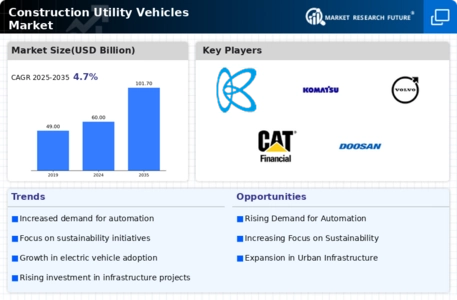
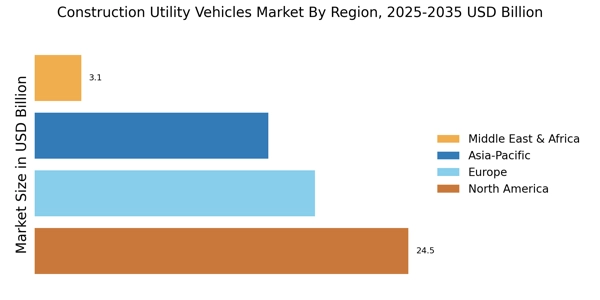

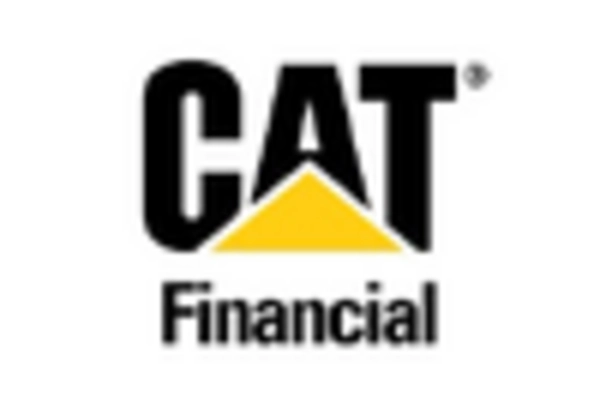


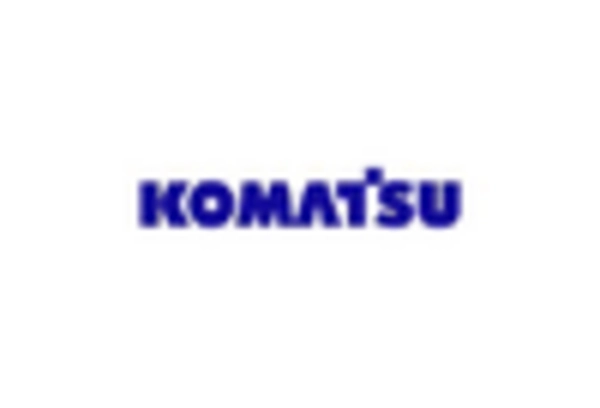
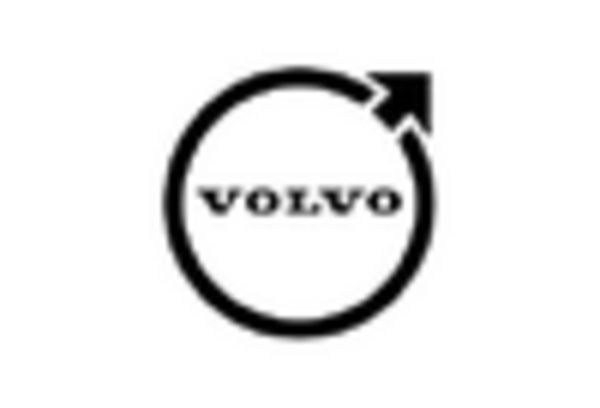








Leave a Comment